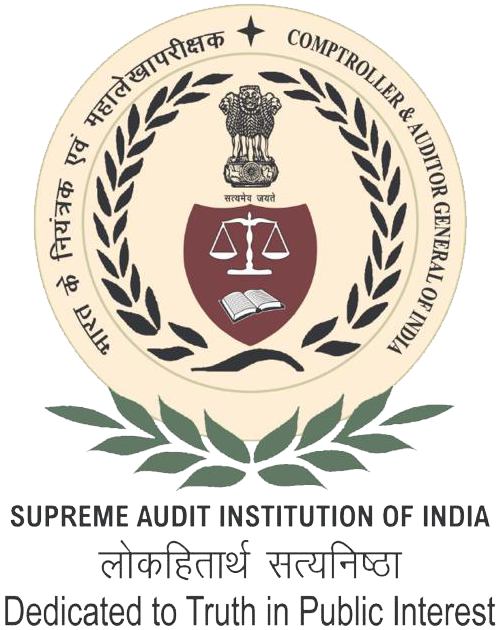About Us
The Office of the Comptroller and Auditor General has its beginnings in 1858 – the year the British Crown took over the reins of governing British India from the East India Company. The first Auditor General (Sir Edward Drummond) was appointed in 1860 and had both accounting and auditing functions. Departments of Accounts and Audit were created (reorganized) in 1862. The Government of India Act, 1919 provided for ‘Auditor General in India’ responsible for the audit of expenditure in India from the revenues of India. This Act is a landmark in the history of the Audit Department as the Auditor General came to be statutorily recognized. Through the Government of India Act of 1935, he was designated as the Auditor General of India and was appointed by the King of England, thereby cementing the independence enjoyed by the post in the years to follow. The Government of India Act, 1935 also laid down the provisions for appointment and service conditions of the Auditor General. The detailed accounting functions were specified in the Audit and Accounts Order of 1936. Post-independence, four categories of field offices existed within the Audit Department namely Civil, P&T, Railways and Defence Services.A thorough revamping and strengthening of the department was undertaken by the first Auditor General of India Shri V. Narahari Rao under a five-year scheme of strengthening the department. By 1947, the concept of a federal auditor for the provinces had to give way for the continuance of a single Auditor General for both the centre and the states. Under the constitution of free India, four major articles, i.e., Articles 148, 149, 150 and 151 defined the basic structure of the institution of the CAG of India.
The office of the Accountants General, Odisha is located adjacent to the Secretariat building, Bhubaneswar with branch office at Puri. This office was shifted from Ranchi to Bhubaneswar on 4th May 1956. Prior to this, Head Quarter office of the Accountant General was at Ranchi with two Deputy Accountant General offices at Ranchi and Puri.
After the departmentalization of Accounts of the Union Government in 1976, with the primary purpose of developing an organizational pattern suited to the changed environment of Audit and to improve maintenance of Accounts of the State Government transactions, the Indian Audit & Accounts Department was restructured in March 1984. The composite offices of the Accountants General were bifurcated into distinct offices with separate cadres for dealing with (a) all audit work and (b) all accounting & entitlement work. Again for developing experts in such vide gamut of functions involving different areas of audit functions, it was again bifurcated and thus the office of the Accountant General (Audit-I & Audit-II) Odisha, Bhubaneswar came into existence. The Office of the Accountant General (Audit-II) Odisha, Bhubaneswar subsequently changed as Office of the Accountant General (Commercial, Works and Receipt Audit) Odisha, Bhubaneswar and then as Office of the Accountant General (Economic and Revenue Sector Audit) Odisha, Bhubaneswar. This office was upgraded as Principal Accountant General (Economic, and Revenue Sector Audit) from 16.09.2013.
Now in terms of Office of the Comptroller & Auditor General of India notification No. 104/09-SMU/2020 dated 15.05.2020, this office named as Principal Accountant General Audit-II, Odisha, Bhubaneswar and headed by Accountant General, Audit-II and is assisted by three Deputy Accountants Generals and around 300 other officials.

